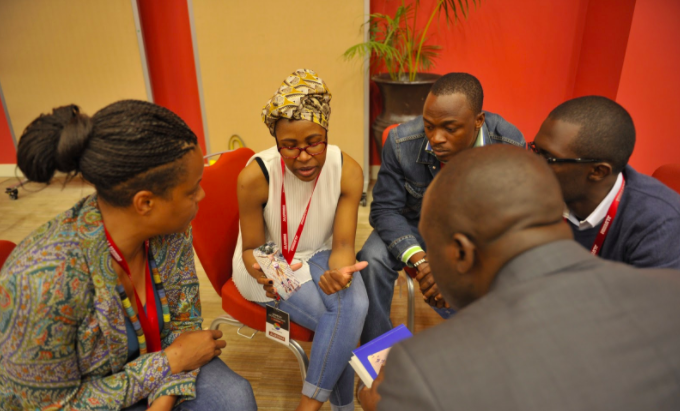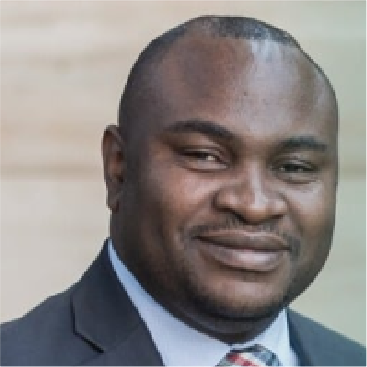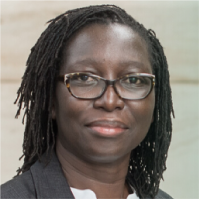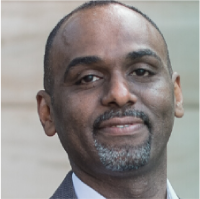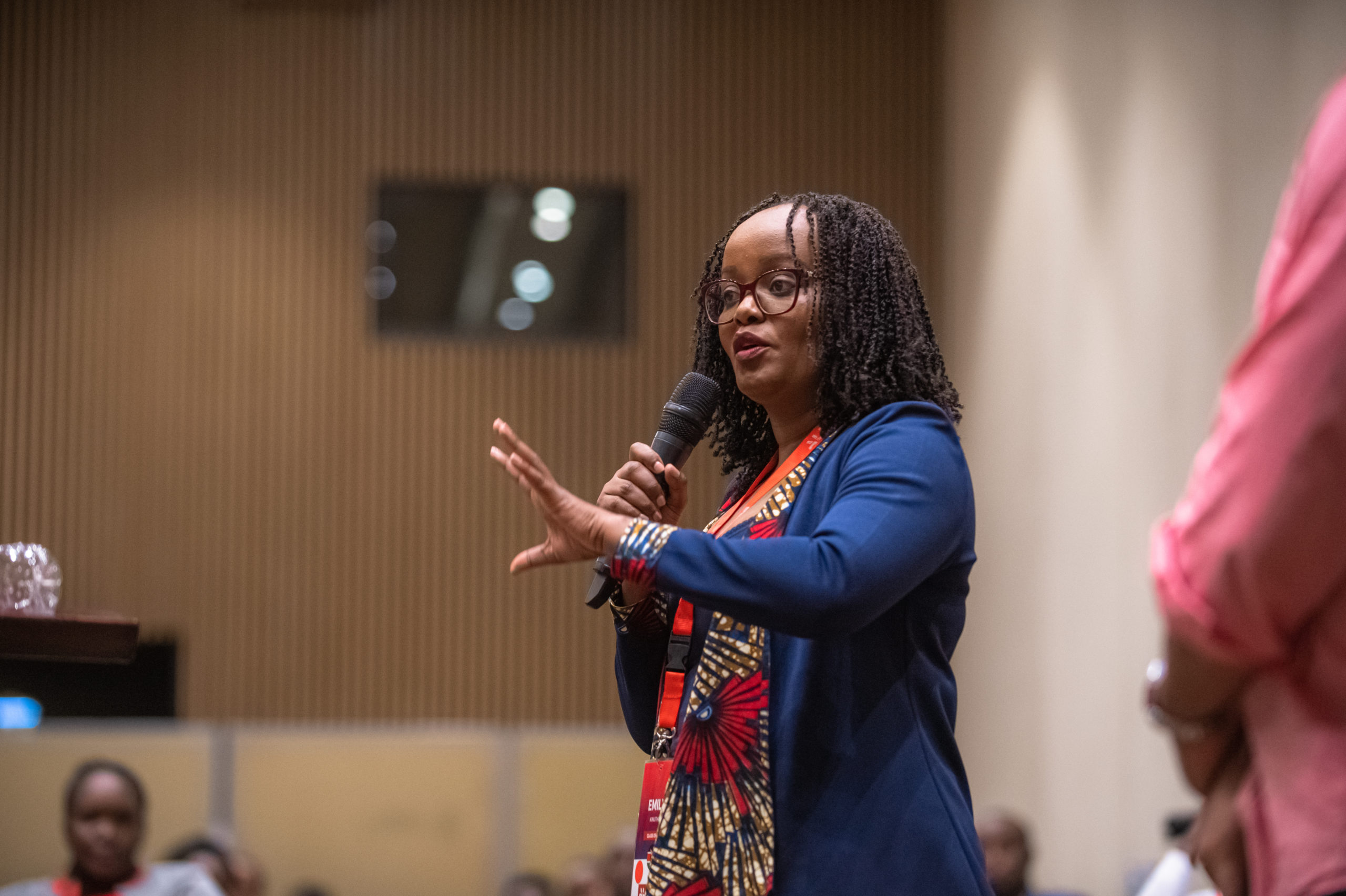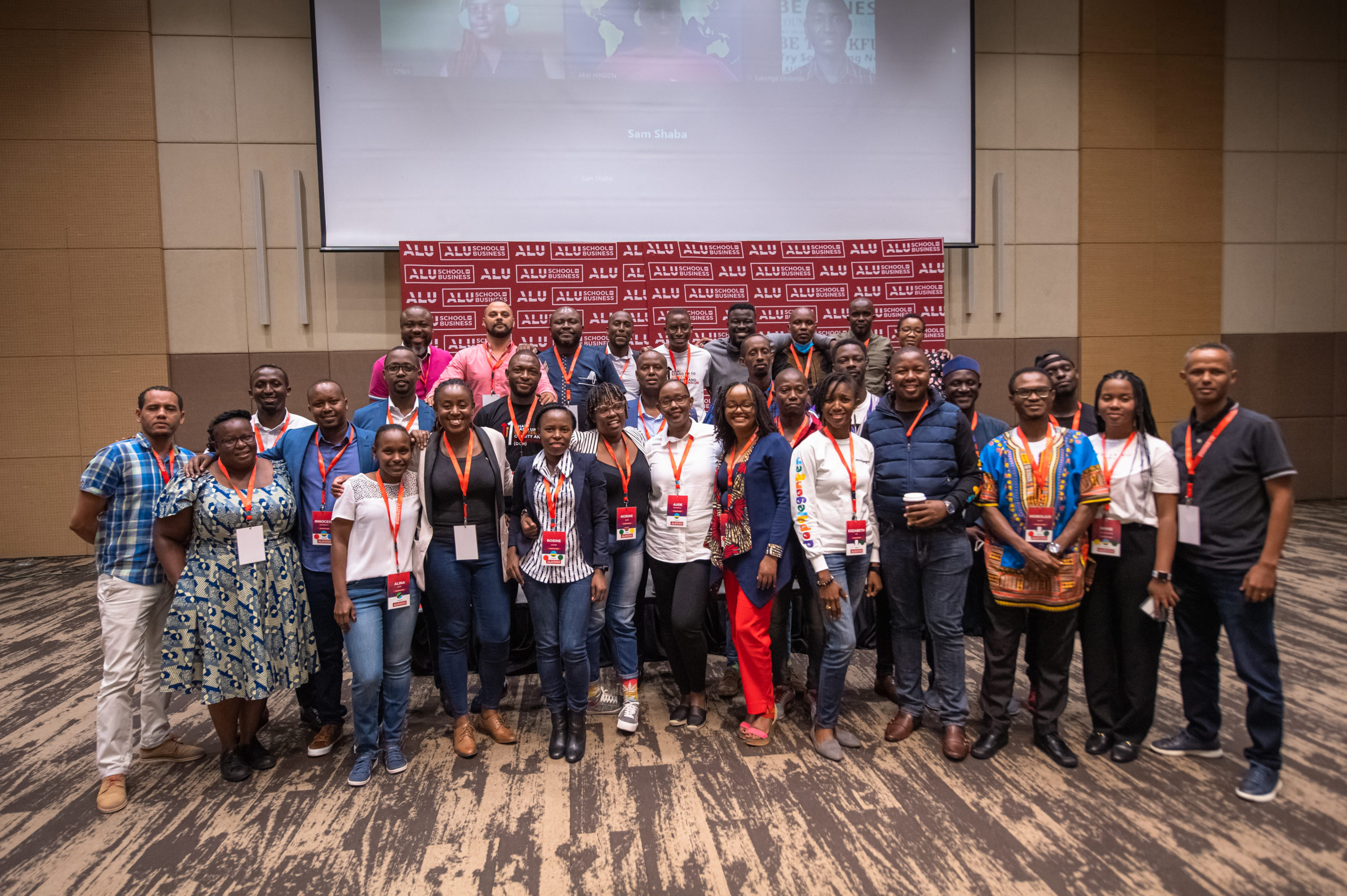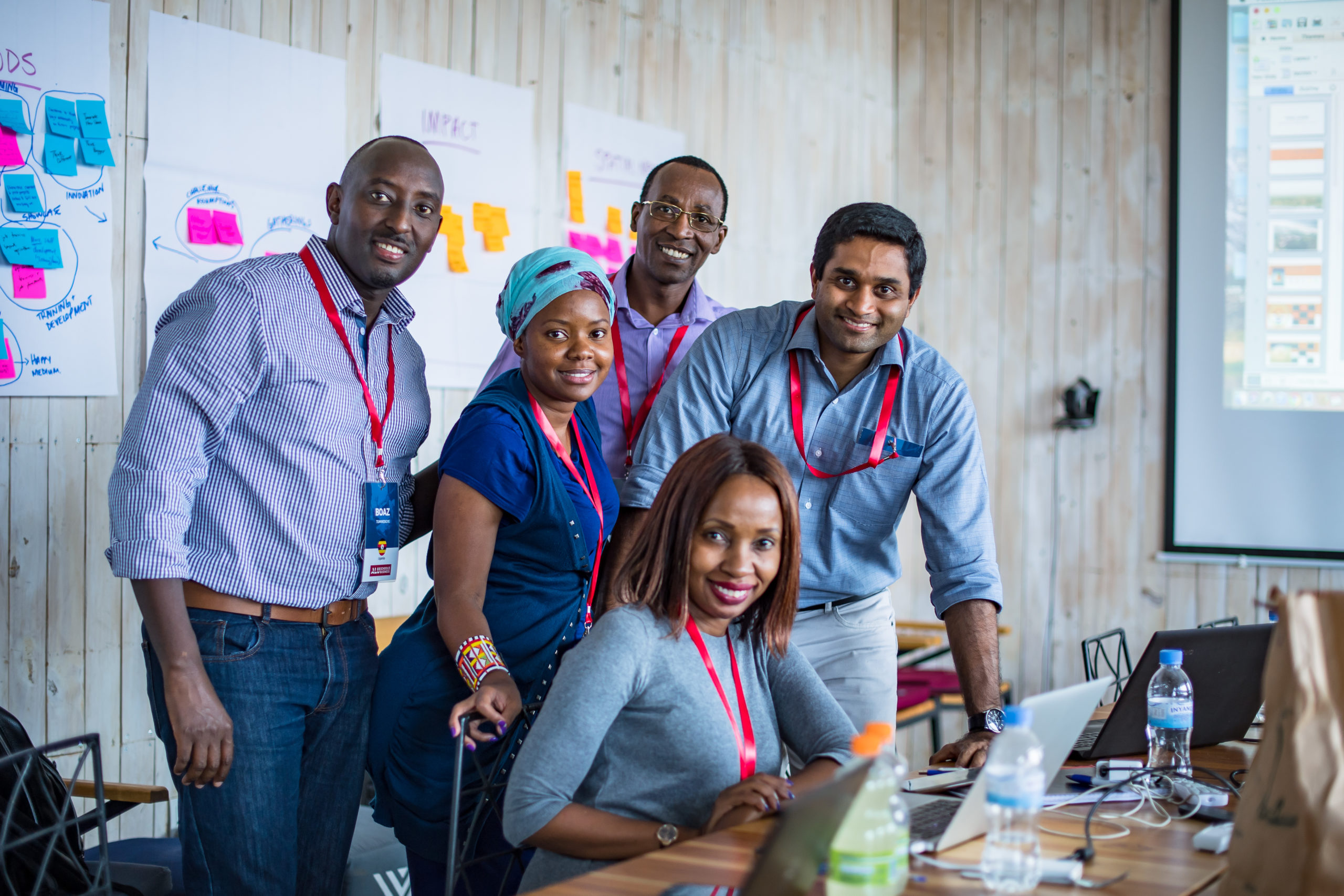Leadership is at the heart of the African Leadership Group, which the ALU School of Business (ALUSB) is part of. We believe that good leadership is the force that will really transform the African continent and help to bring about the African Century. This philosophy is an integral part of what we teach at ALUSB through our V^3 Leadership Model.
In this post, Ryan Findley, an architect of the V^3 Leadership Model, shares insights about how the model was developed with the African leader in mind.
Who is Ryan Findley? What do you do at ALU School of Business?
I am a leadership enthusiast who is currently serving as the Chief Learning Officer (CLO) and Chief Operating Officer (COO) at ALU School of Business. My role puts me in charge of ALUSB’s final products which includes our curriculum, our intensives, or anything we publish. As COO, I am in charge of the team to ensure that we deliver on everything from marketing to student recruitment to student assessment and so on. Those, ultimately, are my responsibilities.
What attracted you to work at ALU School of Business?
It was really exciting to have the opportunity to redefine the MBA. The MBA has been around for about sixty years and it started within the Ivy Leagues of the US. To date, pretty much everyone else has copied it. There is little variation globally in the classes you would take in an MBA, and how you would study an MBA.
Maybe about 10 years ago we began to see an infiltration of part-time programmes and dual degree programmes. Before then, the standard was: you took two years off, went to business school, and after those two years at business school you returned to the working world. So that was the first thing: I felt like we could redesign the model. Not that part-time MBAs aren’t being done, but having an opportunity to solve the dearth of such programmes in Africa is exciting.
Much more exciting, however, was the opportunity to integrate leadership into the MBA. There are not many MBAs out there with a true focus on leadership. Some offer it as an elective or offer a few classes. However, given that leadership is so important in Africa, I couldn’t imagine anything more important than giving MBA students a robust leadership experience. And that was something I believed that we could do better than anyone else in the world.
How was the V^3 Leadership Model that is taught at ALUSB designed?
I was in the room at the inception of V^3. The model was designed with the same premise that we had at the ALU undergraduate programme and at the African Leadership Academy (ALA), which is that leadership on the continent needs to have an entrepreneurial element to it. As our founder, Fred Swaniker likes to say, “the challenges that leaders face on the continent are effectively entrepreneurial challenges.” They are the challenges of an entrepreneur. Therefore, blurring the lines between leadership and entrepreneurship was at the heart of the design process of the V^3 leadership model.
How would you explain the V^3 Leadership Model?
Firstly V^3 stands for: Value, Virtue, and Vision. Being an entrepreneur is about creating Value. Entrepreneurs squeeze out Value from every unit, every store, and every part of the supply chain in order to create Value for their customers, clients, and other stakeholders.
However, if we have people who only know how to maximise and extract Value, we can easily see a point where this becomes exploitative. And that’s where Virtue comes in. You can’t just be someone who creates or delivers Value, you’ve got to be someone who is Virtuous–who is ethical, courageous, resilient. Virtue is treating people well and taking care of stakeholders as much as shareholders. Virtue does not inherently create Value, but when paired with value creation, turns out to be quite a powerful mix.
Vision ties it all together by answering the question: “Where is it all headed?” It provides the direction and the orientation of an organisation, the society, the community, and all other settings where people are working to create value within the boundaries of a set of virtues. It is therefore important that all V’s – Value, Virtue, and Vision – work synergistically with one another.
What impact has ALUSB had on the lives of its students, outside the classroom?
The stories we’ve heard have been really impressive! From students getting raises at work, to students getting triple the money on a business they were selling, to students having their church pastors tell them: “Hey, you’re doing this for all of us.”
The impact is incredible! I’d say almost everyone, on some level, has shared some success from their personal lives, even if it’s about their kids. When their kids see how their parents themselves work hard on their homework, passing tests, and so on, they bond over it.
I think that, into the future, we would get more tangible results around things like job changes, salary improvements, company funding, meeting spouses, et cetera. We are only 14 months in and the impact we are having is already this significant.
Now, imagine where we would be in 14 years! Why not join us now?
